44 reading calories on food labels
Food labels - NHS Some front-of-pack nutrition labels use red, amber and green colour coding. Colour-coded nutritional information tells you at a glance if the food has high, medium or low amounts of fat, saturated fat, sugars and salt: red means high, amber means medium, green means low, In short, the more green on the label, the healthier the choice. How To Read Food Labels - 10 Tips - Pritikin Weight Loss Resort It's on the Nutrition Facts label. Unfortunately, it doesn't tell you "percent of calories from fat," which is how all health guidelines direct us to limit fat. You've got to do a little math. Divide the number of calories from fat by the total calories. (If the serving's 150 calories, 50 of which are fat, your product is 33% calories from fat.).
How to Read Everything on the Nutrition Facts Label - Food Network The point is food companies know that 200 calories will look way more appealing to a shopper than 800 calories. Once again, it's companies trying to lure you in. This carries over to all the ...

Reading calories on food labels
How Do They Calculate Calories on Food Labels? ...should contain approximately 140 calories. It's important to recognize that 4-9-4 is an average, and not an exact amount. For example, 1 gram of fat in one food may yield 8.34 calories while 1 gram of fat from another food yields 9.7 calories. The same thing happens with carbohydrate and protein: the 4-9-4 is an average, not an exact amount. Why most food labels are wrong about calories Food labels seem to provide all the information a thoughtful consumer needs, so counting calories should be simple. But things get tricky because food labels tell only half the story. A calorie is ... How To Read A Nutrition Label - Good Food Made Simple Check out % Daily Value. The % Daily Value puts nutrients on a scale from 0 to 100% and can be found on the right side of the label. This value essentially explains how much of a particular nutrient is in a serving of food. If something contains 5% Daily Value or less, it's considered a small amount, whereas 15% Daily Value is a lot.
Reading calories on food labels. Looking at labels - British Nutrition Foundation 'Energy' - the amount of energy in a food or drink is measured in calories. Knowing the calorie content can help you keep an eye on the amount of energy you are eating and drinking, to make sure you're not having too much. You'll see on labels, the calorie content is given in kcal and kJ, which are short for kilocalories and kilojoules. How to read food labels: MedlinePlus Medical Encyclopedia If you eat 2 cups (0.48 liters) at a meal, you are eating 2 servings. That is 2 times the amount of the calories, fats, and other nutrients listed on the label. Calorie information tells you the number of calories in 1 serving. Adjust the number of calories if you eat smaller or larger portions. 5 Tips from an Expert on How to Read Food Labels - FoodPrint Learn how to read food labels like grassfed, pasture-raised and more with tips from our Chief Science Advisor Urvashi Rangan. ... Why Think About Food Labels ... On Restaurant Menus, Environmental Metrics are the New Calorie Counts. November 30, 2020. How Sustainable Are Sugar Substitutes? September 24, 2020. Food Labels That Protect The Birds ... How to Read Food Labels: Your Complete Consumer Guide Food labels may also help you avoid common allergens and expired food. The problem is, a food label is only as useful as the reader's ability to decipher the information it contains. To fully understand the Nutrition Facts portion of a label, for example, requires some basic knowledge of your nutritional needs.
How to Read the Nutrition Facts Label on Packaged Foods - WebMD Sodium. Many people get far too much salt, or sodium. Most of it is in packaged foods and restaurant items. Limit salt to 2,300 milligrams (about 1 teaspoon) daily. If you have high blood pressure ... How To Read Food and Beverage Labels - National Institute on Aging However, if the container has more than one serving but typically might be consumed in one sitting — such as a pint of ice cream — the label will have two additional columns (see Food Label B). The first of these columns lists the calories and nutrients in one serving. The second lists that same information for the entire container. Reading Food Labels: "Calories From Fat" | livestrong Young woman reading a food label in the grocery store. The term "calories from fat" refers to the percentage of calories in a serving of food that come from fat rather than from carbohydrates or protein. This figure is listed on nutrition labels for most foods. The percentage of calories a person gets from fat versus carbohydrates makes little ... Reading and Understanding Food Labels and Nutrition Info - Beaumont Health Carbohydrates are the main source of energy during most physical activity. Carbohydrates should comprise 50-75 percent of your calories, or about 200-500 grams per day depending on your caloric requirement. Fiber may play as much of a role in disease prevention as fat. Aim for at least 30 grams per day.
Food Labels 101: Understanding the Nutrition Facts Label Nutrition labels can be a great tool for managing a heart healthy diet, which makes it very important that you understand what you're looking at when you read a label. Nutrition labels are based on a daily 2,000 calorie diet. Depending on your age, gender and activity level, you may need to consume more or less than 2,000 calories per day, so ... How to understand food labels | Eat For Health The Nutrition Information Panel on a food label offers the simplest and easiest way to choose foods with less saturated fat, salt (sodium), added sugars and kilojoules, and more fibre. It can also be used to decide how large one serve of a food group choice or discretionary food would be and whether it's worth the kilojoules. This is particularly important if you are trying to lose weight. How to Read Food Labels Without Being Tricked - Healthline Low-calorie products have to have one-third fewer calories than the brand's original product. Yet, one brand's low-calorie version may have similar calories as another brand's original. Low-fat.... PDF A Guide to Reading Food Labels - University of Rochester A Guide to Reading Food Labels Reading food labels can help you make wise food choices. Most foods list nutrition ... You should limit the number of calories from fat to 20-35% of your total daily calories. In the sample label, there are 250 calories in one serving and 110 calories from fat. This means almost 50% of the calories in
How to read a food nutrition label (correctly) | GQ India Calories, This value refers to the amount of energy one serving of this food is giving you. A food can be classified as low-cal if it's less than 40 calories/serving, and calorie-free if it...
Check the label | Food Standards Agency The traffic light labelling system will tell you whether a food has high, medium or low amounts of fat, saturated fat, sugars and salt. It will also tell you the number of calories and kilojoules...
How to Read a Dog Food Label - American Kennel Club The quantity listed on the label tells you how much of the food is in the container. This may be measured by weight, liquid measure, or by count. Products can vary in density (think wet food vs....
Calories on the New Nutrition Facts Label | FDA - U.S. Food and Drug ... One package of food may contain more than one serving, so, if you eat two servings you would be getting two times the calories shown on the label. For example, if you ate one serving of the food...
Understanding Food Nutrition Labels | American Heart Association 1 - Start with the serving information at the top. This will tell you the size of a single serving and the total number of servings per container (package). 2 - Next, check total calories per serving and container. Pay attention to the calories per serving and how many calories you're really consuming if you eat the whole package.
How to read food labels | healthdirect Sugar: Sugar is a type of carbohydrate. It is better to choose healthier carbohydrates and to limit foods that are high in added sugars. Fibre: High fibre foods such as wholegrain bread and cereals improve digestion and help you to feel full. Sodium: This tells you how much salt the product contains.
Food labels should include amount of physical exercise needed to burn ... A package might read: "Calories in this cake require 90 minutes of walking to burn off." ... "However, many people do not understand the meaning of kilocalories (kcals or calories) or grams of fat displayed on food labels, and often underestimate the number of calories when labeling is not provided." ...
How to Understand and Use the Nutrition Facts Label | FDA - U.S. Food ... In the sample label, one serving of lasagna equals 1 cup. If you ate two cups, you would be consuming two servings. That is two times the calories and nutrients shown in the sample label, so you...
3 Ways to Read Nutrition Facts on Food Labels - wikiHow Life Empty calories refer to calories that are low in nutritional value, like pizza, soda, or sausage. 2. Read the fat content in a serving and check what types of fat are present. The next row on the label is fat, and it is accompanied by 2 different types of fat underneath the total number content.
Food Labels | CDC - Centers for Disease Control and Prevention If you eat the whole thing, you are eating 8 times the amount of calories, carbs, fat, etc., shown on the label. Total Carbohydrate shows you types of carbs in the food, including sugar and fiber. Choose foods with more fiber, vitamins, and minerals. Choose foods with lower calories, saturated fat, sodium, and added sugars. Avoid trans fat.
How To Read A Nutrition Label - Good Food Made Simple Check out % Daily Value. The % Daily Value puts nutrients on a scale from 0 to 100% and can be found on the right side of the label. This value essentially explains how much of a particular nutrient is in a serving of food. If something contains 5% Daily Value or less, it's considered a small amount, whereas 15% Daily Value is a lot.
Why most food labels are wrong about calories Food labels seem to provide all the information a thoughtful consumer needs, so counting calories should be simple. But things get tricky because food labels tell only half the story. A calorie is ...
How Do They Calculate Calories on Food Labels? ...should contain approximately 140 calories. It's important to recognize that 4-9-4 is an average, and not an exact amount. For example, 1 gram of fat in one food may yield 8.34 calories while 1 gram of fat from another food yields 9.7 calories. The same thing happens with carbohydrate and protein: the 4-9-4 is an average, not an exact amount.
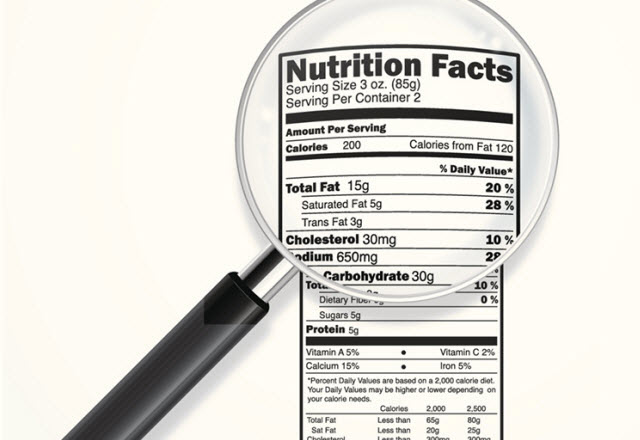

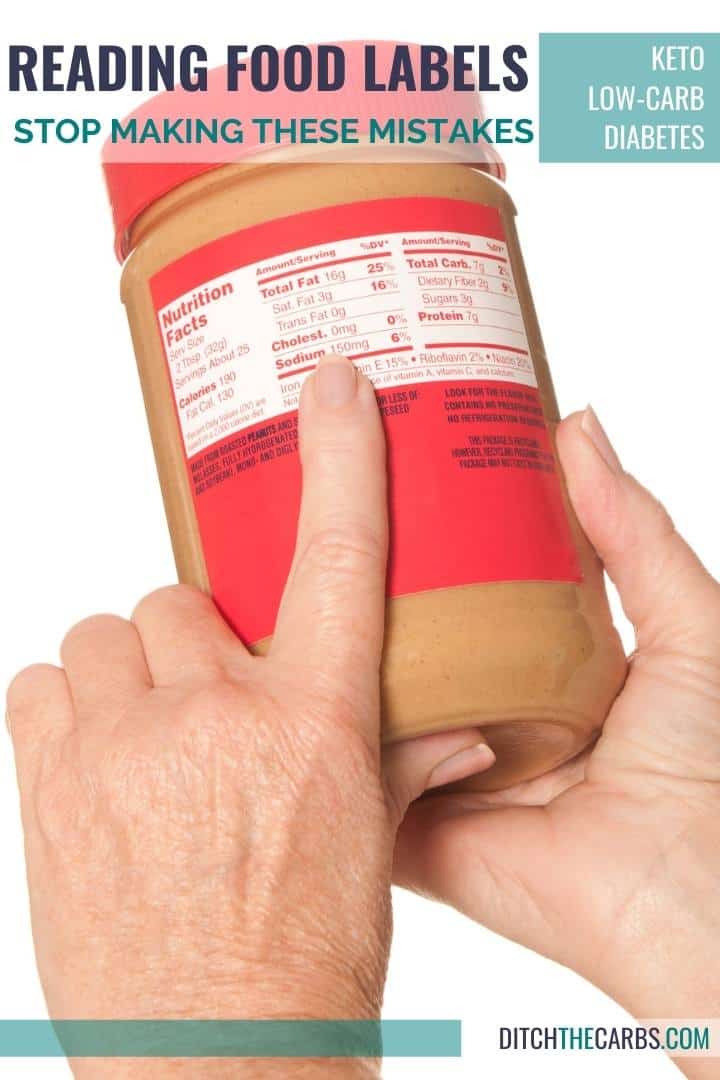

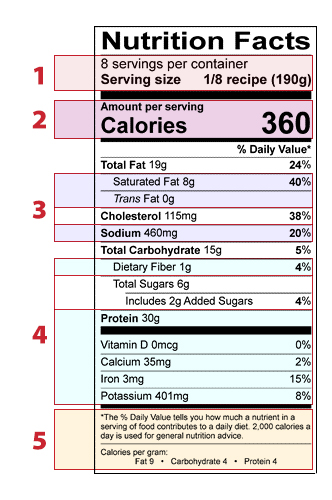
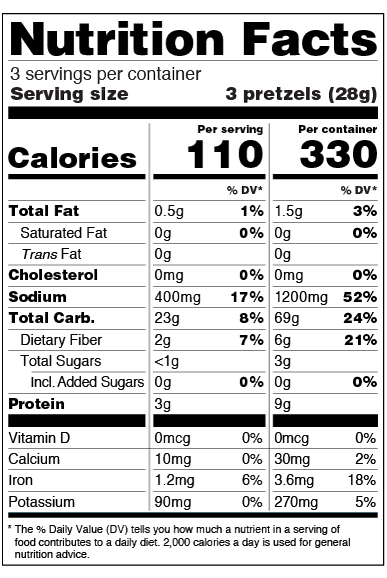
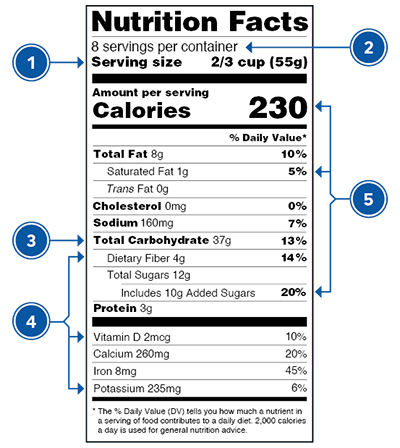

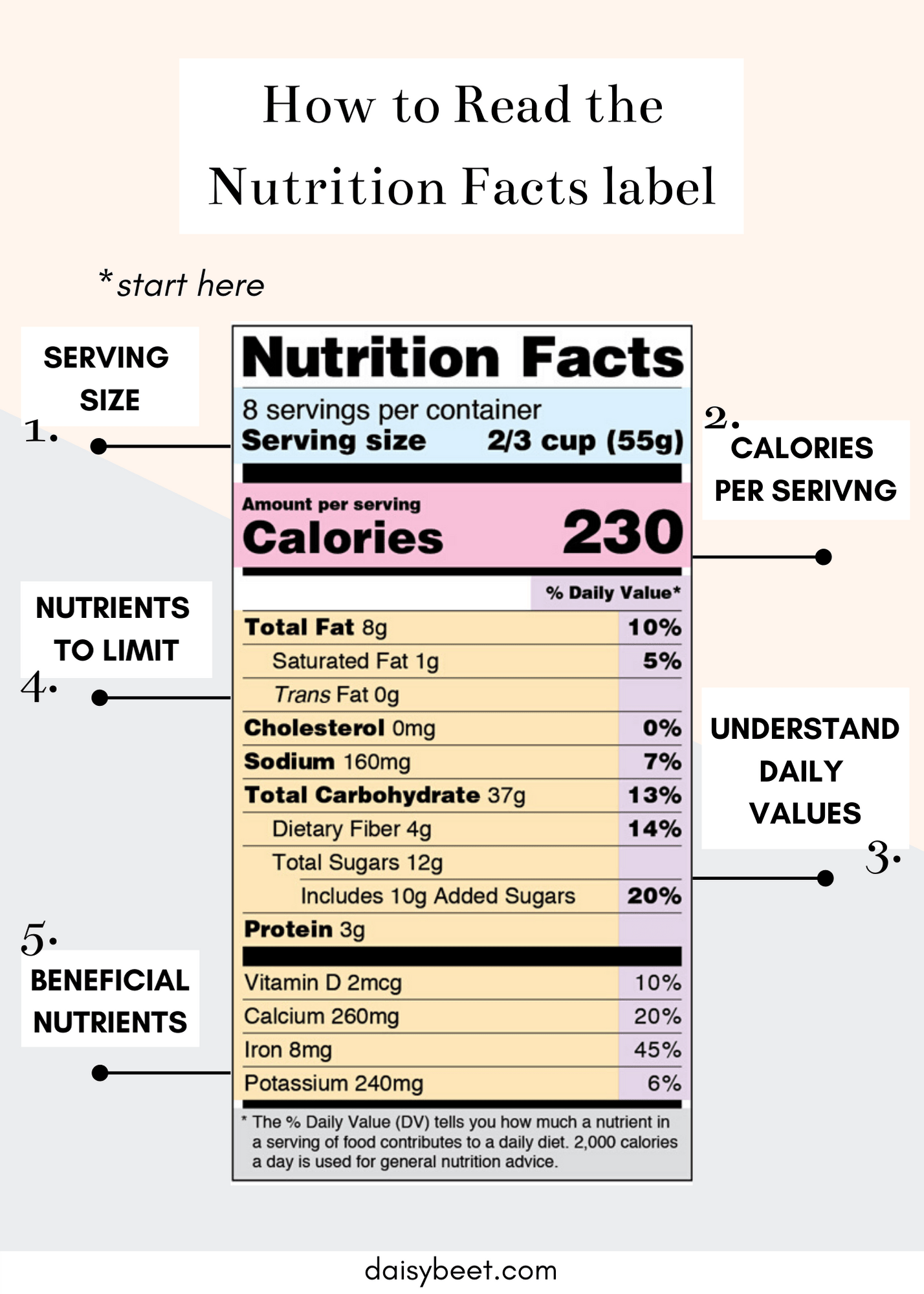

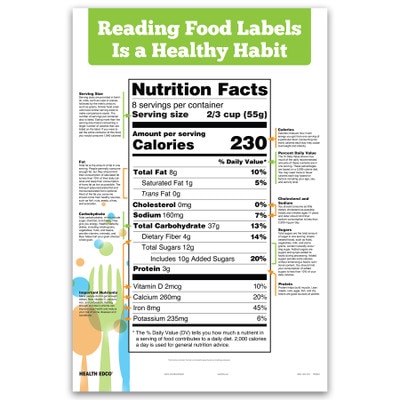

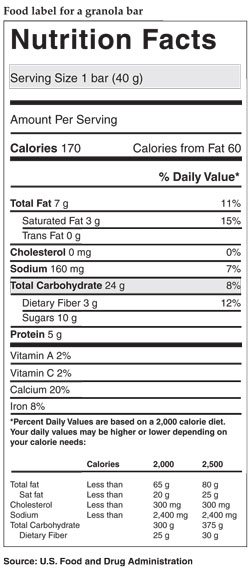
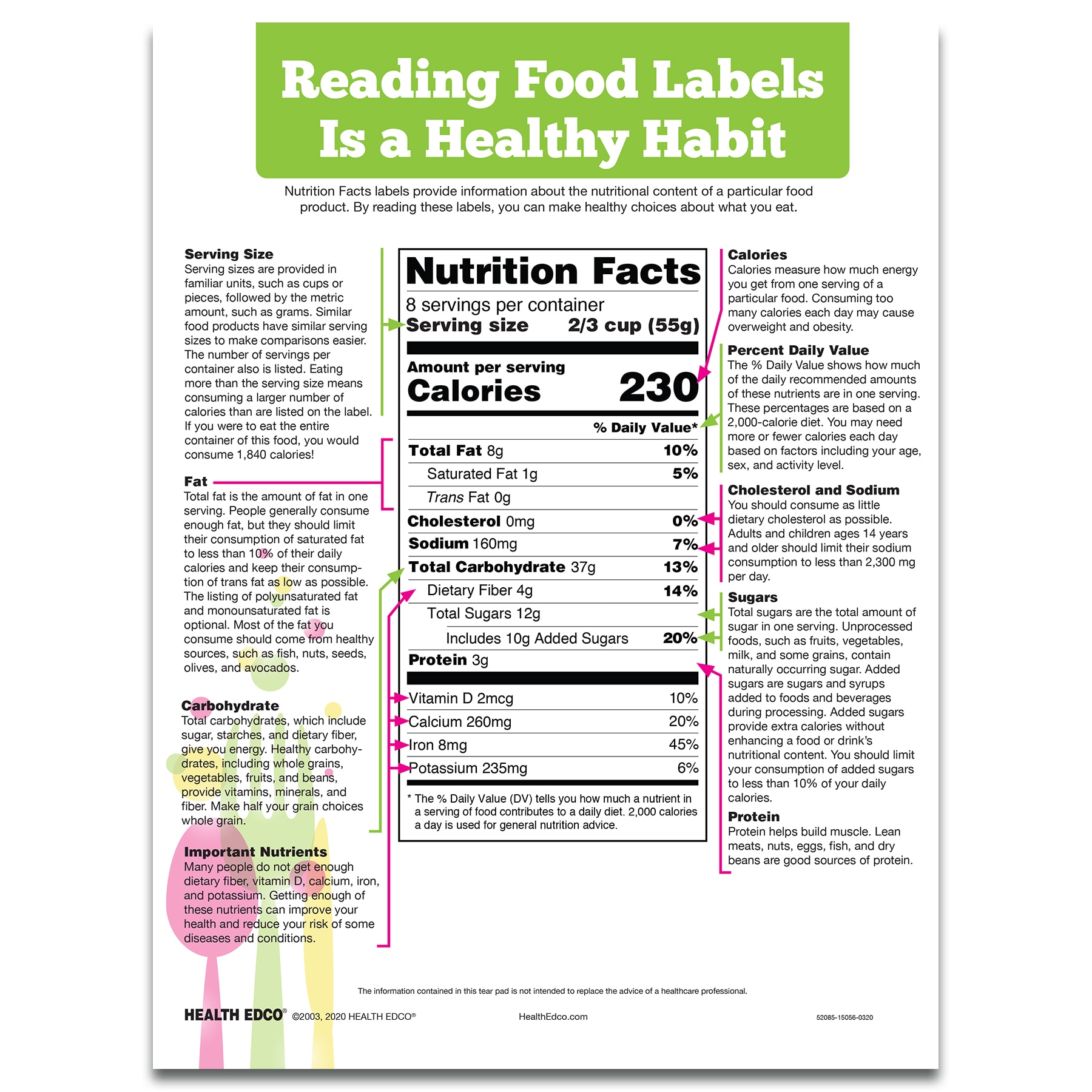


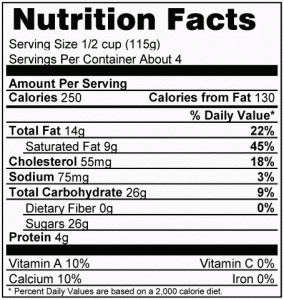


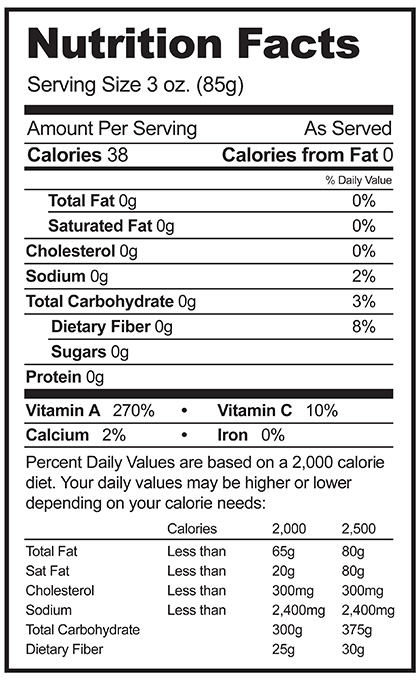

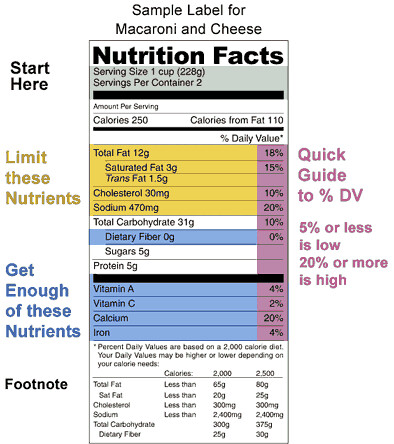




:max_bytes(150000):strip_icc()/Untitled-design-1--575368573df78c9b4691365f.jpg)


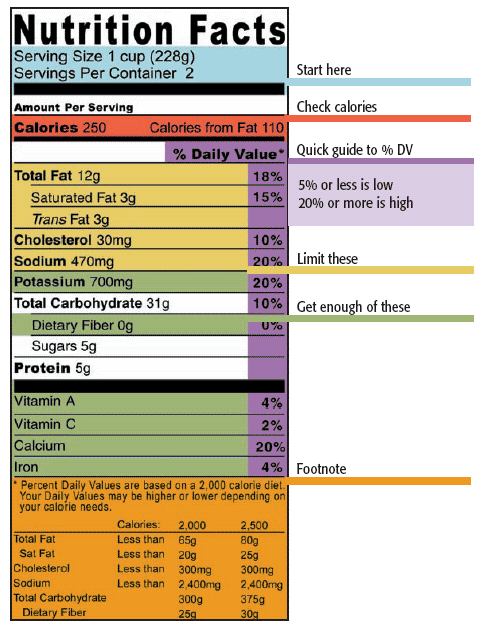




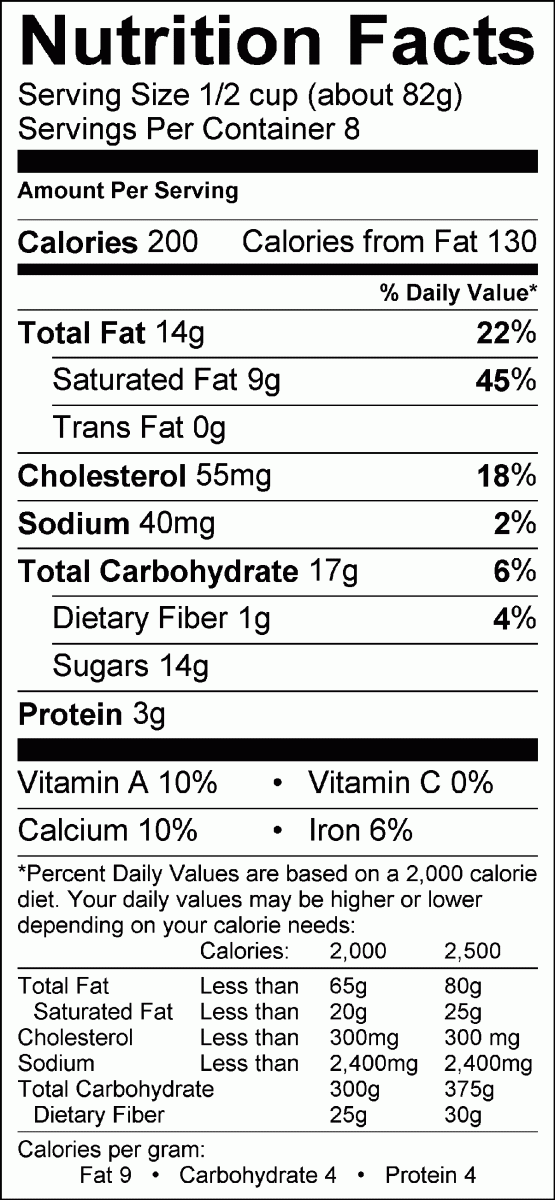
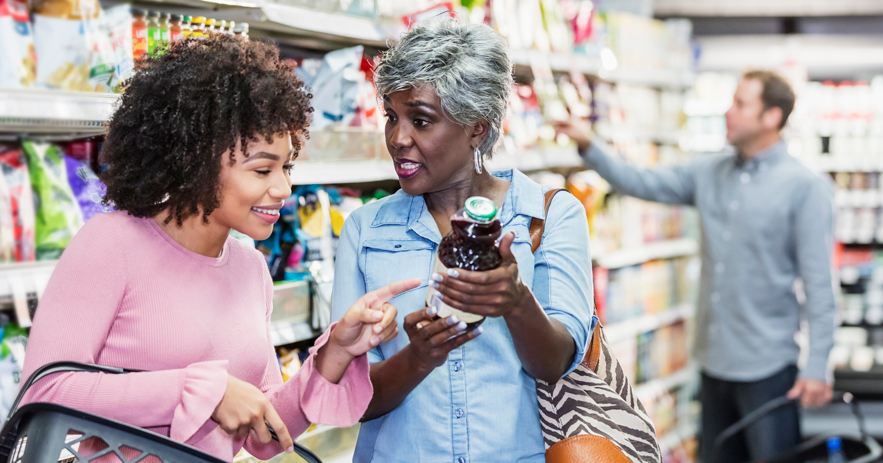

Post a Comment for "44 reading calories on food labels"